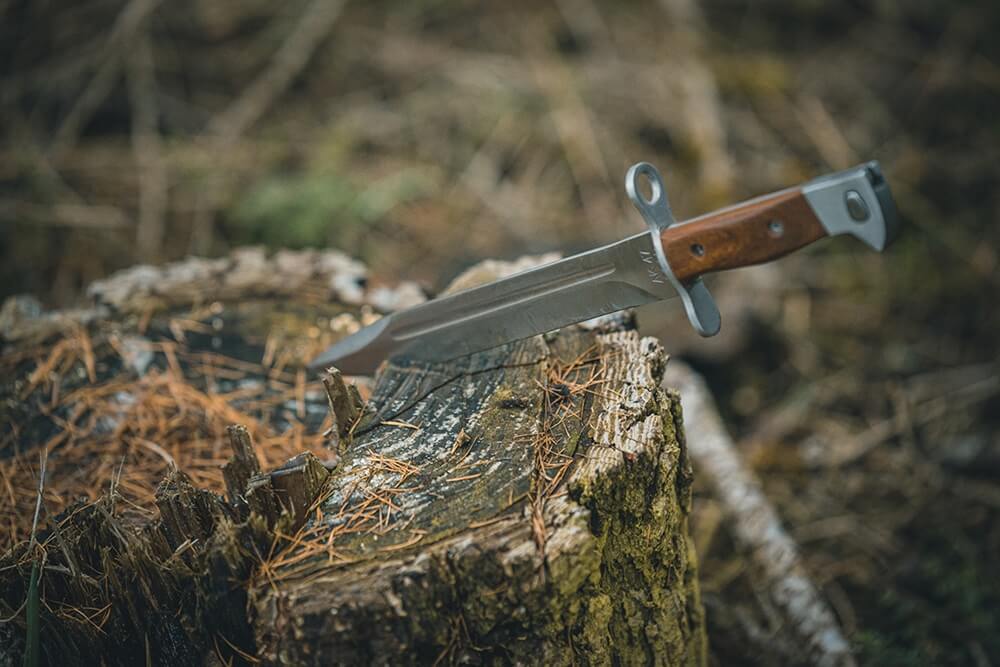For professional chefs and culinary enthusiasts, maintaining a keen blade is as essential as having a well-stocked pantry. However, many kitchen professionals inadvertently dull their knives by making common sharpening mistakes. Understanding these pitfalls can significantly enhance your knife's performance, ensuring every slice is precise and effortless.

1. Overlooking the Right Angle
The angle at which you sharpen your knife is paramount. Many professionals assume a 'one-size-fits-all' approach. However, different knives require different angles. For instance, a Japanese knife typically needs a 15-degree angle, while Western knives might require a 20-degree angle. Failing to adjust this angle can lead to a blade that's either too blunt or too fragile.
Understanding Knife Angles
Having a comprehensive understanding of knife angles can drastically improve your sharpening technique. You can read more about blade angles in this insightful article on the Montana Knife Company Blog.
2. Ignoring the Burr
When sharpening a knife, a burra small fold of metalforms on one side of the blade. Its a clear indicator that you've sharpened enough on that side and should move to the other. Ignoring the burr can lead to uneven sharpening, resulting in a less effective blade.
3. Incorrect Use of Whetstones
Whetstones are a popular choice for sharpening, but many professionals misuse them. Using the wrong grit, not soaking the stone adequately, or applying uneven pressure can all lead to poor results. It's crucial to match the stone's grit with the blade's condition. For example, a coarse grit is ideal for repairing a damaged edge, while a fine grit is perfect for polishing.
The Role of Whetstones
For an in-depth understanding of whetstones and their proper use, consider exploring the Understanding Blade Grinds guide.
4. Using a Dull Honing Rod
Many chefs rely on honing rods to maintain their knives between sharpenings. However, using a rod that's worn out or incorrect for the knife type can be counterproductive. Regularly replacing your honing rod and ensuring it fits your knife's steel type is essential.
5. Neglecting Regular Maintenance
Sharpening should be part of a regular maintenance routine. Waiting until your knife is unusable before sharpening can lead to more extensive damage. Regular honing and periodic sharpening will keep your blades in top condition, extending their lifespan.
Maintenance Tips
For additional tips on maintaining your kitchen knives, check out the History of Fixed Blade Knives article.
6. Not Testing the Sharpness
After sharpening, it's crucial to test the blade's sharpness. A simple paper test can reveal whether you've achieved the desired sharpness. If the knife fails to cut smoothly, it might require further sharpening.
7. Using the Wrong Tools
Using inappropriate tools can damage both the knife and the sharpening equipment. Always ensure that your sharpening tools are suitable for the type of knife you're working with. High-quality tools might be more expensive, but they offer better results and last longer.
Choosing the Right Tools
Learn more about selecting the right sharpening tools in this detailed Evolution of Knife Designs article.
8. Rushing the Process
Patience is key when sharpening knives. Rushing can lead to uneven edges or even damage. Take your time to ensure each stroke is consistent and deliberate for the best results.

Conclusion
Avoiding these common sharpening mistakes can significantly improve your kitchen efficiency and knife longevity. By understanding and addressing these errors, kitchen professionals can ensure their tools are always ready for action.
FAQs
Q: How often should I sharpen my knives?
A: It depends on usage. Regular kitchen knives used daily might need sharpening every few weeks, while less frequently used knives can be sharpened every few months.
Q: Can I use an electric sharpener?
A: Yes, but ensure it's suitable for your knife type. Electric sharpeners can be abrasive, so use them sparingly.
Q: What's the difference between honing and sharpening?
A: Honing realigns the blade edge without removing metal, while sharpening grinds away material to create a new edge.
For more insights into knife sharpening and maintenance, visit the Shed Knives Blog.
This article contains affiliate links. We may earn a commission at no extra cost to you.


























